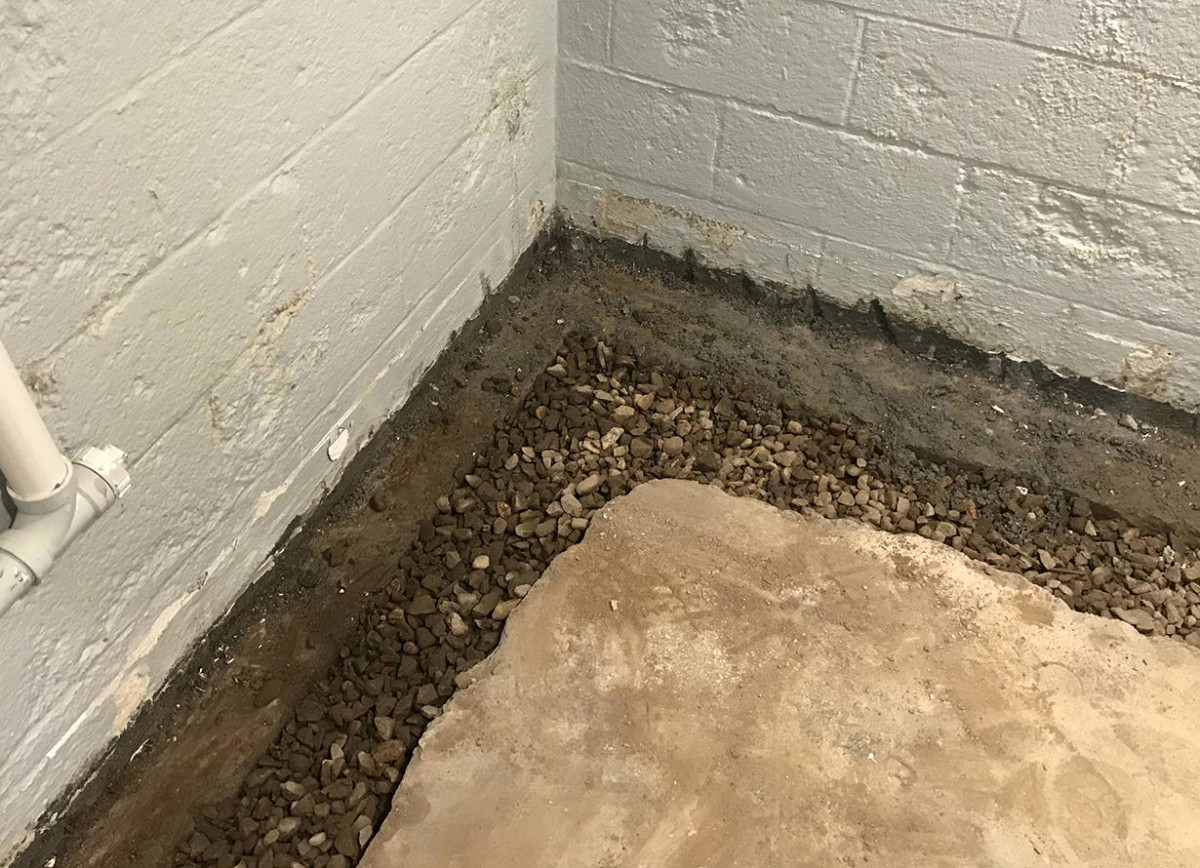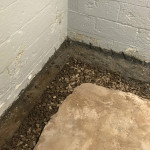Basement drainage systems play a critical role in protecting homes from water damage and structural issues. The basement, being the lowest point in a home, is naturally prone to accumulating water, particularly during periods of heavy rainfall or when the water table is high. Without proper drainage, water can seep through the walls and floors, leading to mold growth, foundation damage, and other costly repairs. This article explores the various aspects of basement drainage systems, their importance, and the options available to homeowners to ensure their basements remain dry and structurally sound.
The Importance of Basement Drainage
Water is one of the most significant threats to the structural integrity of a home, particularly in the basement. When water accumulates around the foundation, it creates hydrostatic pressure, which pushes water through any cracks or gaps in the basement walls and floors. Over time, this can weaken the foundation, leading to severe structural problems. Additionally, the presence of water can encourage mold growth, which poses health risks to the occupants of the home.
A well-designed basement drainage system helps to mitigate these risks by channeling water away from the foundation and preventing it from entering the basement. These systems are essential for homes in areas with high rainfall, poor soil drainage, or high water tables. Even homes in drier climates can benefit from basement drainage systems, as occasional storms or plumbing leaks can still cause water damage.
Types of Basement Drainage Systems
There are several types of basement drainage systems available, each designed to address different water infiltration problems. Homeowners should consider the specific needs of their property when choosing a drainage system, as factors such as soil type, water table level, and the condition of the foundation can influence the effectiveness of a particular solution.
1. Exterior Drainage Systems
Exterior drainage systems are designed to prevent water from reaching the foundation in the first place. These systems are typically installed during the construction of a home but can also be retrofitted in existing homes. The primary components of an exterior drainage system include:
- French Drains: French drains are trenches filled with gravel and a perforated pipe that collects and redirects water away from the foundation. They are typically installed around the perimeter of the home at the foundation level. The water collected in the pipe is directed to a sump pump or a drainage field away from the house.
- Waterproofing Membranes: A waterproofing membrane is applied to the exterior walls of the basement to create a barrier that prevents water from seeping through. This membrane works in conjunction with the French drain to provide a comprehensive exterior drainage solution.
While exterior drainage systems are highly effective, they can be expensive and invasive, particularly when installed in existing homes. Excavating around the foundation to install a French drain or waterproofing membrane can disrupt landscaping and require significant labor.
2. Interior Drainage Systems
Interior drainage systems are installed inside the basement and are designed to collect and manage any water that penetrates the foundation. These systems are often less expensive and easier to install than exterior systems, making them a popular choice for homeowners dealing with basement water issues.
- Interior French Drains: Similar to exterior French drains, interior French drains are installed along the perimeter of the basement floor. A trench is dug around the basement walls, and a perforated pipe is placed in the trench to collect water. The pipe directs the water to a sump pump, which then pumps it out of the basement and away from the house.
- Sump Pumps: A sump pump is an essential component of most interior drainage systems. It is installed in a pit, or sump basin, in the lowest part of the basement. When water collects in the sump basin, the pump activates and removes the water, discharging it to a location away from the foundation.
Interior drainage systems are particularly effective for managing water that seeps through cracks in the foundation or floors. They are also less disruptive to the home’s exterior and landscaping, making them a more practical option for many homeowners.
Signs That You Need a Basement Drainage System
Homeowners should be aware of the warning signs that indicate a need for a basement drainage system. Addressing water problems early can prevent costly repairs and protect the structural integrity of the home. Some common signs of basement water issues include:
- Damp Walls or Floors: If the walls or floors of your basement feel damp to the touch, this is a clear indication that water is infiltrating the basement. This is often caused by groundwater seeping through the foundation.
- Mold or Mildew Growth: Mold and mildew thrive in damp environments. If you notice a musty smell or visible mold growth in your basement, it is likely that water is present, and a drainage system is needed to keep the space dry.
- Cracks in the Foundation: Water can cause cracks in the foundation, which can worsen over time if not addressed. If you notice cracks in your basement walls or floors, it may be a sign of water pressure building up around the foundation.
- Pooling Water: If water pools on the basement floor after rain or during periods of high humidity, it is a clear indication that your home needs better drainage.
Choosing the Right Basement Drainage System
When selecting a basement drainage system, it is essential to consider the specific conditions of your property. Consulting with a professional waterproofing contractor is the best way to determine which system will be most effective for your home. Factors to consider include:
- Soil Type: Some soils, such as clay, retain water and can exacerbate basement water problems. In these cases, an exterior drainage system may be necessary to manage water effectively.
- Water Table Level: Homes with high water tables are more prone to water infiltration. In such cases, both interior and exterior drainage systems may be required to keep the basement dry.
- Existing Foundation Condition: If your foundation already has cracks or damage, it may need to be repaired before a drainage system can be installed. A professional contractor can assess the condition of the foundation and recommend the appropriate repairs.
Maintenance of Basement Drainage Systems
Once a basement drainage system is installed, it is essential to maintain it to ensure long-term effectiveness. Regular maintenance can prevent clogs, ensure the sump pump is functioning correctly, and extend the life of the system. Key maintenance tasks include:
- Cleaning Gutters and Downspouts: Clogged gutters and downspouts can cause water to pool around the foundation, overwhelming the drainage system. Keeping them clear ensures water is directed away from the house.
- Testing the Sump Pump: Periodically testing the sump pump ensures it will function correctly when needed. Homeowners should also have a backup battery system in case of a power outage during heavy rainfall.
- Inspecting for Cracks: Regularly inspecting the foundation for new cracks and addressing them promptly can prevent water from entering the basement and compromising the drainage system.
Basement drainage systems are an essential investment for homeowners looking to protect their homes from water damage and preserve the structural integrity of their foundations. Whether opting for an interior or exterior system, the right drainage solution can prevent costly repairs and maintain a dry, healthy living environment. Consulting with a professional contractor and conducting regular maintenance will ensure that your basement drainage system continues to perform effectively for years to come.
Contact the Professionals at Everdry Waterproofing of Greater Grand Rapids Today! (800) 275-7910







